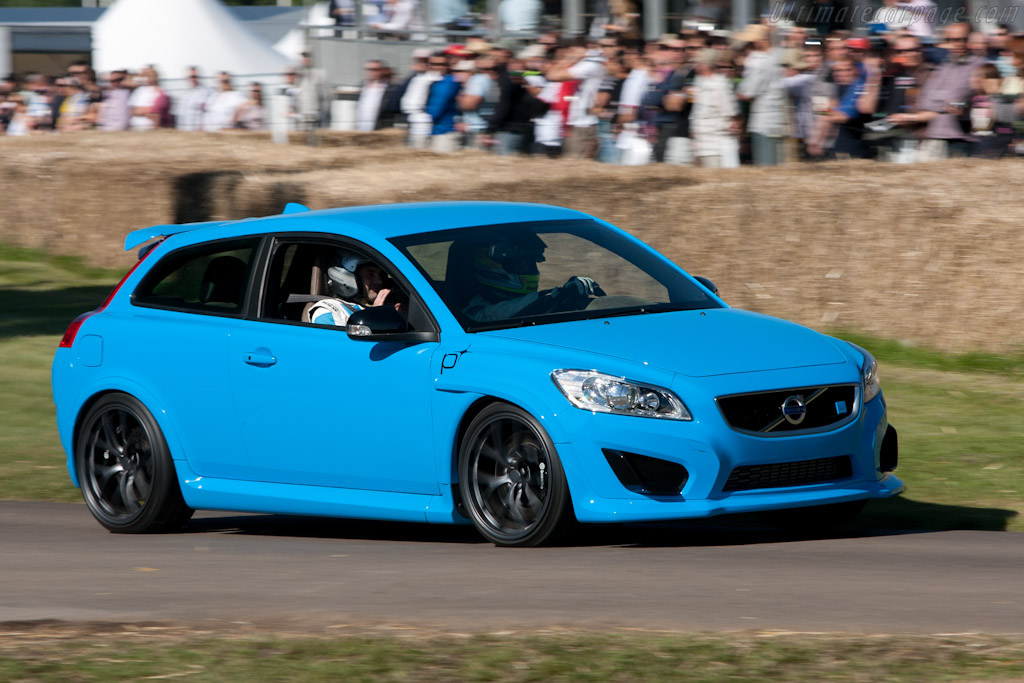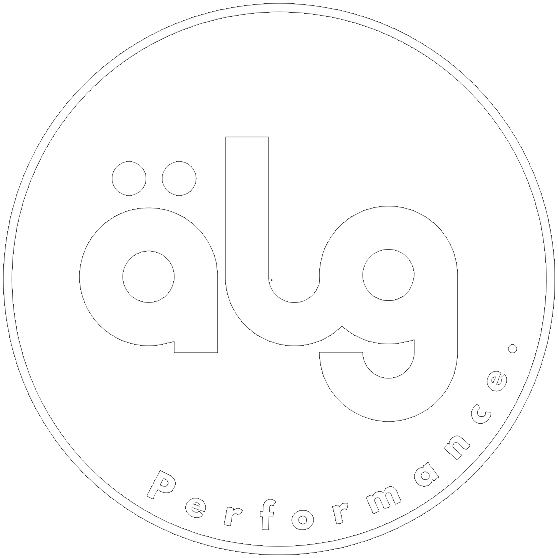Building the Ultimate C30 AWD: A Journey to Performance Perfection
At ALG Performance, we have a deep passion for the Volvo C30 and its unique history. Launched in 2006, the Volvo C30 quickly gained a cult following for its sporty design and innovative features. Drawing inspiration from the Volvo Safety Concept Car introduced at the 2001 Detroit Motor Show, the C30 broke new ground in active safety and design, bringing features like forward collision warning and blind spot monitoring into the mainstream(Wikipedia)(Volvo Cars Media).
Our commitment to the C30 extends beyond admiration—we have dreamed of building a close replica of the exclusive C30 Polestar Concept, a vehicle that showcased the ultimate performance potential of the C30. In 2010, Polestar engineered a 400 PS AWD version of the C30, creating a high-performance machine that captivated enthusiasts and demonstrated what the model was truly capable of(Volvo Cars Media).

At ALG Performance, we are inspired by this legacy and strive to bring that level of engineering and performance to our C30 project, Moosenstein. Our journey to transform this C30 into an AWD powerhouse is a testament to our dedication to replicating the performance and spirit of the Polestar Concept.

Our C30 began as a Prefacelift SE LUX T5 manual, and with dedication and expertise, it has evolved into a Facelift R-Design AWD.
The Journey Begins
After owning our C30 for a few years, our focus was now to upgrade it to AWD. We managed to find a manual V50 AWD in Rotterdam, Netherlands for an extremely cheap price, the car itself was in a bitter state of condition externally, but thankfully the drivetrain and engine were perfect.
This donor car was crucial for the conversion, though the challenge was fitting parts from a left-hand drive (LHD) car into a right-hand drive (RHD) model. After extensive planning and a bit of luck, the donor car was brought to the UK, and the transformation process began.
The Conversion Process
The conversion was no small feat. We completely stripped down both the V50 and C30, including subframes, fuel tanks, and wiring harnesses. Here are some key considerations from the process:
- Please be careful when removing the fuel tanks, we managed to break the neck on the AWD fuel pump - an expensive replacement.
- Some early cars Gyro / YAW sensor (under the front seat) has a different plug to later cars. You can as we did, use a FORD KUGA 4WD one from a similar year.
- Swap over the front subframes, the AWD uses a bushed one, 10mm lower than the C30. This also uses different subframe bolts.
- Strip the main wiring harness down from the V50 too, great for spares and wiring in the AWD system later on.
- Pull the C30 engine and transmission out too, makes life easier for getting things back together.
- Cut a hole above where the AWD fuel tank pump sits, you'll thank yourself later when you need to get at it without dropping the AWD system
- Gearbox mounts can differ between the two cars.
- Change the Flywheel and Clutch - We opted for the C30 T5 Flywheel and an XC70 D5 AWD Clutch (thanks to Sam Arnold for this - handles massive torque!)
- LHD parts do work on an RHD car - we also used the original RHD C30 Steering Rack on the AWD Subframe without issue.
Leveraging VDash for Configuration
Using VDash, we made several CEM (Central Electronic Module) adjustments, including changing the gearbox settings to M66 AWD and enabling 4WD in the Driveline menu. This allowed the CEM to communicate with the Differential Electronic Module (DEM) effectively, integrating the new AWD system seamlessly.
Overcoming Challenges
One of the common issues with AWD conversions is the fuel gauge's functionality. With VDash, and after ensuring the correct fuel pump module was installed, we successfully configured the fuel tank capacity to 58L, ensuring a working fuel gauge.
Next Steps
We have an XC90 Haldex ready to be installed, though it needs some specialist attention to ensure proper functionality. Additionally, we’re working on matching the correct GEN3 DEM protocol to our car's system.
We're also working with our 3D desingers to bring some of the PCP's unique body work to our car and have these parts for sale.
The car made a respectable 300bhp on the dyno, its a fun figure, but not enough. A K16 RS Turbo charger will be required in order to take our beast to the fabled 400bhp catagory.
Conclusion
This project has been an exciting journey in performance enhancement and automotive engineering. We hope our experience inspires and aids others considering a similar AWD conversion. At ALG Performance, we're passionate about pushing the limits of what's possible with Volvo, Ford, and Mazda platforms.
Visit ALG Performance for all your performance parts needs, whether you're undertaking a project like this or looking for other upgrades. If you have any questions or need guidance on your build, feel free to reach out—we’re here to help.







3 comments
What about using m66 awd from s60r or v70r? It would be easy or not?
Same Question as Sam above, i’m facing the same issue, some help would be awesome
Thanks
Hi Sam
I have recently done the same AWD conversion on a C70 and used Vdash to do the same reconfiguration that you did. I was wondering if you have the same problem I am still having. It is with the 2WD BCM conflicting with the now AWD configured CEM. I was going to swap the BCM from the donor car but found out they are VIN Locked. I realised I need to reconfigure it as an AWD one. What has been your experience with this?